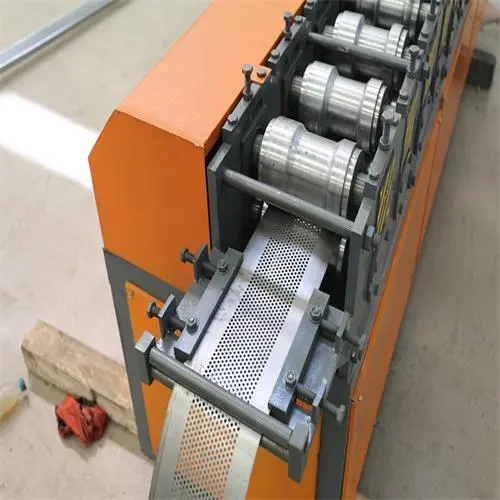
The Evolution and Impact of Thread Making Machines
Thread making machines have revolutionized the textile and garment industry by enhancing efficiency, precision, and production capacity. As the demand for textiles continues to grow globally, the evolution of thread making technology becomes ever more significant, allowing manufacturers to meet the needs of a dynamic market while ensuring high-quality standards.
Historical Background
The history of thread production dates back thousands of years, evolving from hand-spun threads to mechanical production. In the early days, artisans used rudimentary tools to spin fibers into threads. This process was labor-intensive and time-consuming, making the production of thread a slow and tedious task. The Industrial Revolution marked a pivotal moment in this evolution, introducing machinery that allowed for faster and more efficient production.
The first mechanical thread making machines emerged in the late 18th and early 19th centuries, drastically changing the landscape of the textile industry. These machines utilized steam power and later, electricity, to automate the process of spinning, twisting, and winding threads, increasing output and reducing human labor.
Types of Thread Making Machines
There are several types of thread making machines, each designed for specific functions within the textile production process
.1. Spinning Machines Spinning machines are integral in converting raw fiber into thread. They draw out and twist fibers to create continuous strands, which can be made from natural fibers like cotton and wool, or synthetic fibers like polyester and nylon.
2. Twisting Machines After spinning, some threads require twisting to enhance strength and texture. Twisting machines take the spun threads and apply a twist, which is essential for creating different thread characteristics suited for various applications.
3. Winding Machines Once the threads are spun and twisted, they must be wound onto spools or bobbins for easy handling during sewing and knitting. Winding machines automate this process, ensuring that the threads are neatly wound without tangling, thus minimizing waste.

4. Texturizing Machines In modern textile production, creating unique thread textures is crucial for various applications. Texturizing machines manipulate threads to produce crimp, curls, or other surface characteristics, catering to specific market demands.
Technological Advancements
The thread making industry has witnessed remarkable technological advancements over the years. Automation and computerization have significantly improved the efficiency of thread making machines. Modern machines are equipped with sensors and AI technology that monitor production quality in real-time, allowing for quick adjustments and minimizing defects.
Additionally, advancements in materials science have led to the development of high-performance threads that are stronger, more durable, and resistant to environmental factors. Innovations like moisture-wicking, UV protection, and flame resistance have expanded the applications of threads in a variety of industries beyond textiles, including automotive, healthcare, and military.
Environmental Considerations
While thread making machines contribute to increased efficiency and productivity, they also raise environmental concerns. The textile industry is one of the largest polluters globally, and thread production can contribute to water waste, chemical runoff, and high energy consumption. As awareness of sustainability grows, manufacturers are increasingly turning to eco-friendly practices.
This shift includes using recycled materials, adopting energy-efficient machines, and implementing practices that reduce waste. The development of biodegradable threads and sustainable spinning processes is also gaining traction, reflecting a growing commitment to environmental stewardship in the textile industry.
Conclusion
Thread making machines have come a long way since their inception, playing an essential role in the textile industry's growth and evolution. Through continuous innovation and technological advancement, these machines have increased production rates and improved quality, meeting the diverse needs of the modern market. As the industry moves toward sustainability, thread making machines will continue to adapt, ensuring that they play a pivotal role in shaping the future of textiles while aligning with environmental goals. With the ever-increasing demand for innovative and high-quality threads, the future of thread making machinery remains bright and full of potential.